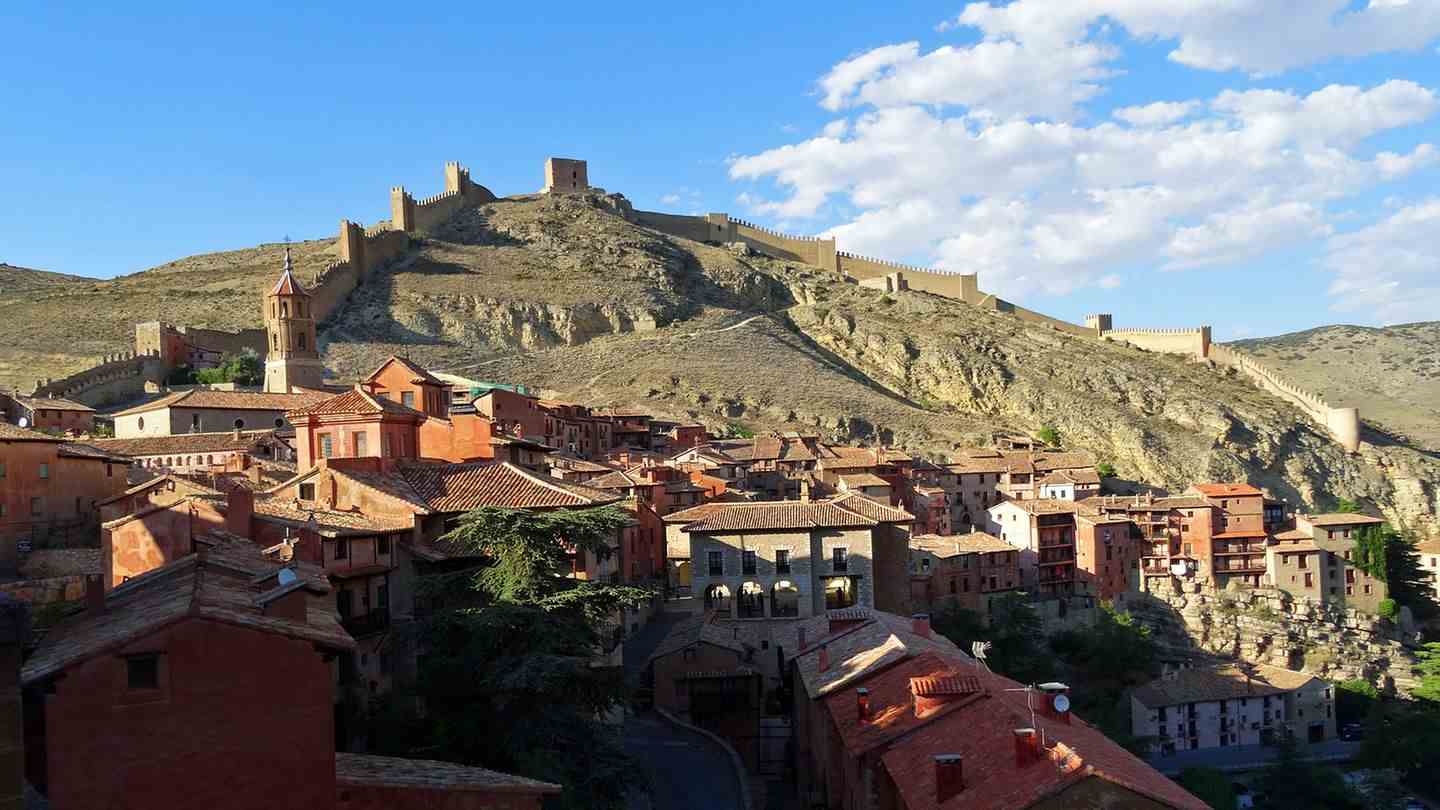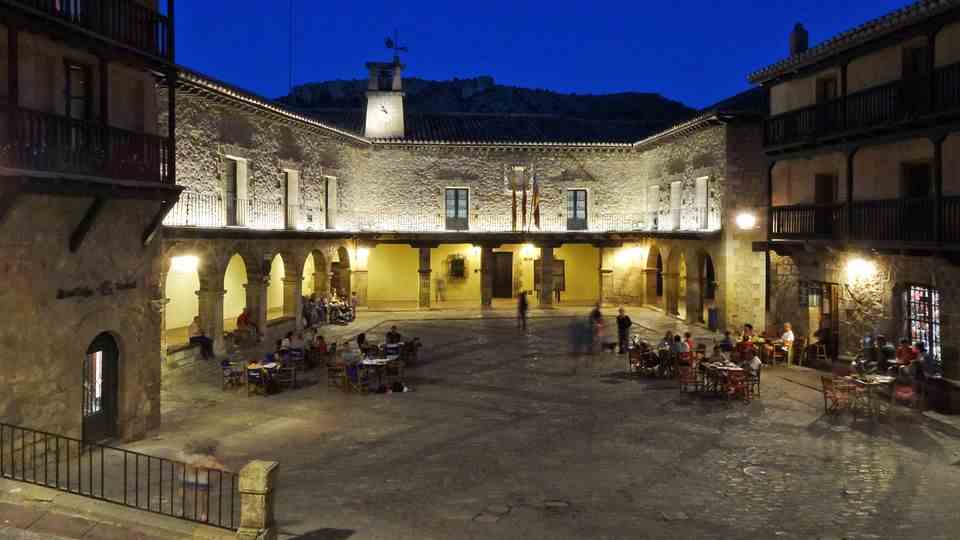Albarracin in Spain
Forget Mallorca and Madrid: this Moorish village is worth the trip

Belonged in the 11th century to the kingdom of the Almoravids, a Berber dynasty from North Africa: The village of Albarracín in north-eastern Spain its city walls and defensive towers.
© Till Bartels
Those who go on vacation in Spain usually end up on the coast, in cities or on one of the islands. The province offers an authentic atmosphere – for example Albarracín in the northeast.
The Spanish World Heritage cities of Ávila, Córdoba and Salamanca are considered overcrowded. In contrast, the sparsely populated hinterland is less frequented. Away from the hustle and bustle on the coast, the little town of Albarracín is less than a two-hour drive north-east of València. The medieval village with its almost 1000 inhabitants is enthroned on a mountain on the edge of the Sierra of the same name.
The rocky outcrop was carved out over millions of years by the Guadalaviar River, which carved deep into the rock on three sides. On the land side, an old city wall with defensive towers stretches over the ridge like a cockscomb. No bus makes it up there, where the narrow streets still look the way they did hundreds of years ago when the Moors built the fortified village with its walls in the 11th century.
It’s best to sit in the blue hours in the evening on the Plaza Mayor, on the sun-warmed stone bench in front of the taverna, surrounded by chatting locals, the two-storey houses with their ancient foundations made of fieldstone and dizzying wooden balconies.

Meeting point of the generations: in the evening on the Plaza Mayor of Albarracín.
© Till Bartels
Without being asked, the waiter brings a bowl with olives, bread and aioli to the beer. Screaming children splash themselves with the well water. Young people check their smartphones, the town hall clock strikes diagonally opposite, swallows circle above the roofs.
The village makes a well-kept impression, no decay, not over-renovated. The preservation of monuments even made sure that the lettering and logo of the bank were discreetly attached to the facade. A peaceful idyll with no trace of the Spanish economic crisis. How fortunate that Unesco Albarracín has not yet ennobled it with a place on the World Heritage List and declared it an attraction.
The Canfranc ghost station awakens from its slumber and becomes a luxury hotel
12 images
Hotel Arabia: well-kept two-star house in historic walls with terrace, canopy beds, also family rooms and apartments, double rooms from 50 euros, Cuesta de Teruel 2, Tel. +34/978710212, www.hotelarabia.es
Restaurante Alcazaba: Here you can dine on tapas inside and outside, on a square the size of a living room in the gorge between the old town house facades. C/Portal de Molina 10, Tel. +34/610 215 556
old town: Labyrinthine streets and deep views of the Guadalaviar River. Visit the Bishop’s Palace with the Diocesan Museum and the 16th-century El Salvador Cathedral in Baroque and Renaissance style.
Also read:
– Mallorca before the tourist boom: You have never seen the island like this
– 340 million euros “Ecotasa: Where Mallorca’s eco-tax millions go
– Dream bays: These are Mallorca’s most beautiful beaches

